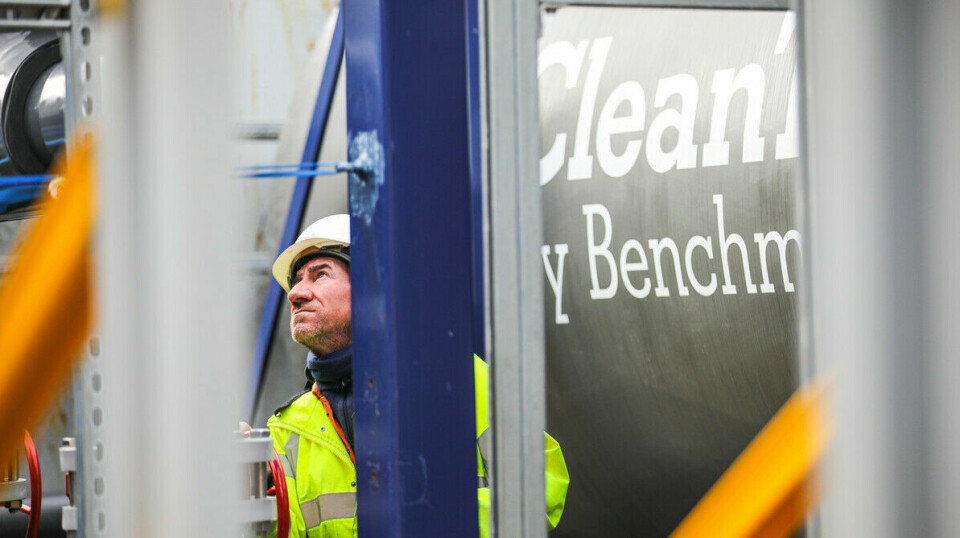
Chile and Canada likely to get novel lice treatment before Scotland
Americas countries ‘closest at the moment’ to granting marketing authorisation for Ectosan Vet
Salmon farmers in Chile and Canada appear likely to get the option to use a novel sea lice treatment before those in Scotland, according to aquaculture biotechnology company Benchmark’s chief executive Trond Williksen.
Ectosan Vet, a bath treatment used in conjunction with the CleanTreat water filtration system designed by Benchmark in Scotland, is already licensed for use in Norway and the Faroe Islands.
In an interview with Fish Farming Expert’s Norwegian sister site, Kyst.no, Williksen said: “In addition, we have started work on entering other markets, the closest at the moment being Chile and Canada.”
While Chile, which is the world’s second largest producer of farmed Atlantic salmon after Norway, is clearly an attractive market for Benchmark, Scotland is a closer and currently bigger producer than Canada. However, Canadian fish farmers have fewer tools availble to combat lice, which makes any new option an attractive one.
Furthermore, once an application has been made the time taken for marketing authorisations to be granted is not within Benchmark's control.
All salmon countries
Benchmark’s head of salmon, Geir Olav Melingen, told Fish Farming Expert that Benchmark
remains focused on continuing to deliver the best use of the Ectosan
Vet/CleanTreat combination in Norway.
“Concurrently, we are examining all the other salmon production countries for growth – we are well aware of the worldwide interest in Ectosan Vet and CleanTreat and are excited to bring our product to new regions in the future where the business and regulatory evaluation is favourable,” added Melingen.
A veterinary medicinal product must be granted a marketing authorisation (MA) in the country of application by the competent authority. The length of this process can vary from country to country.
In Chile, where multiple regulators are involved, this tends to be a process lasting 12 to 18 months.
In the UK the process is likely to take around 12 months but new veterinary medicines regulations due in 2024 may have an impact on this.
In Canada, as the product is a bath treatment it would be registered as a pesticide. The process can take two to three years.
Timelines for any regulatory process depend on many factors, so these times are subject to change.
Technology of the future
Ectosan Vet, which contains the active ingredient imidacloprid, has proven extremely effective at killing lice without harming the fish, which go directly back to feeding after treatment, Williksen told Kyst.no.
The bath treatment takes place in a wellboat, after which the treatment water is pumped to another vessel housing the CleanTreat system which Benchmark says removes all drug residues.
“We are completely convinced that this is the technology of the future for drug treatment in farming, since it also takes care of the environment in a proper way,” said Williksen.
Although Scottish fish farmers may have to wait for Ectosan Vet, trials have been carried out to use CleanTreat to filter residues of another Benchmark lice medicine, Salmosan (azamethiphos) out of treatment water.
The company has worked out that using CleanTreat in combination with Salmosan could increase number of Scottish fish farms allowed to treat three pens per day from two to 364. Research is continuing on that subject.
























































